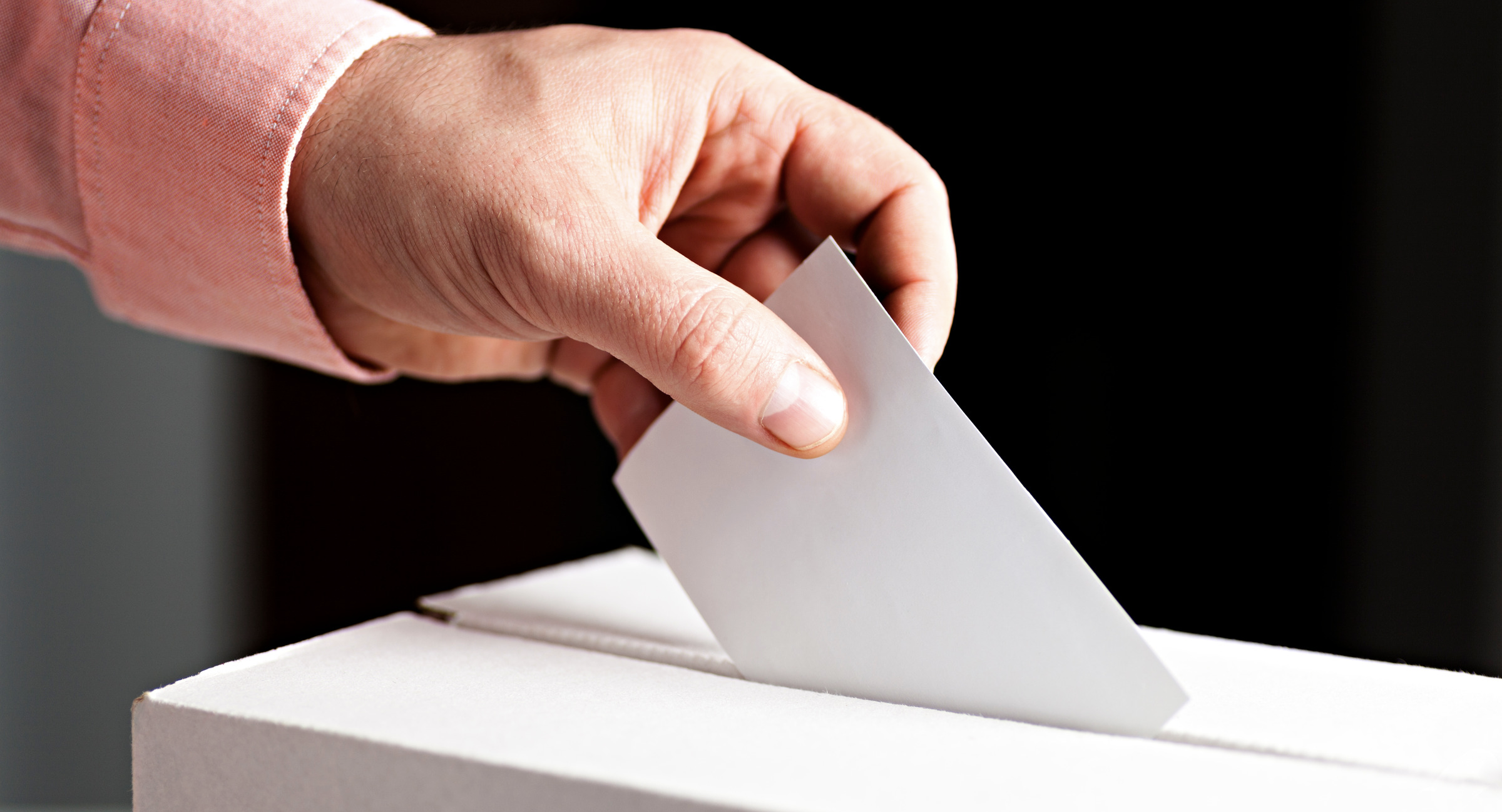With November 5 less than two weeks away, how can Californians make sure their vote counts?
“We’re in a political environment where there’s a lot of unreliable information, and the number one question I get asked is: ‘Where do I vote?’” said Joe Kocurek, California deputy secretary of state for communications, at a Friday, October 25 Ethnic Media Services briefing about the ways that Californians can vote.
California’s over 22 million voters constitute the largest number in the nation.
Those wanting to vote in person can find their nearest polling place here.
While it’s too late to register to vote online, Californians can still register in-person with an ID and vote on the same day at their local polling place or county elections office.
“In-person registration is conditional with a provisional ballot, which means that the voter will go through the same eligibility auditing process we would with any other. Your vote will be counted once we have concluded the process,” continued Kocurek.
Voters — including those living out of state but registered in California — can also vote by mail, by sending the ballot to their local county elections office, dropping it off at a secure drop box or returning it to their local polling place.
“As long as the envelope is postmarked on Election Day, November 5, and received by the 12th, it will be processed and counted,” he explained. “If people feel like their mail isn’t reliable, they should send it as soon as they possibly can, or drop it off at a box or polling center, many of which open days or weeks early.”
Ballots postmarked by the 12th but received after November 5, alongside provisional ballots, will be tallied during the official canvass period in the 30 days after Election Day.
After county officials finalize the official vote results within those 30 days after the election, i.e. December 5, the Office of the Secretary of State will certify the results within 38 days after the election, i.e. December 13.
“Voters need to sign the back of their return envelope, because we use that to verify their identity when we receive things through the mail,” Kocurek added. “We default to enfranchising people. If there’s a signature that isn’t there, or is different than your usual, your local elections office will reach out to you and attempt to rectify it.”
Voters who requested absentee ballots can still use them to vote in-person at a drop box or polling center if they wish.
Those who make a mistake on their ballot can apply for a replacement, or apply to provide a vote-by-mail ballot to their representative; both of these applications must be returned to a voter’s local county election office.
Californians can check their voter status here, and track their ballot online, by text, by call or over email here.
The California Secretary of State Office also offers voter hotlines and information guides in 10 languages: English, Spanish, Chinese, Hindi, Japanese, Khmer, Korean, Tagalog, Thai, Vietnamese and TTY/TTD (for those who are dead, hearing impaired or speech impaired).
“In California, we believe in democracy. We really work hard to ensure easy access and easy return of ballots,” said Kocurek. “We have a Voter Bill of Rights, and if anyone feels like these are being denied, they can reach out to us through our voter hotline or by email.”
“I encourage people to plan how they’re going to vote,” he continued. “I think that’s especially important for younger voters, for whom most everything else can be taken care of on their phones, as opposed to this more old-fashioned way of finding their nearest polling place or using snail mail.”
“Whether you return the ballot in person, mail it or drop it off, if voters think about how they’re going to do it, they’re that much more likely to do it,” Kocurek added.













